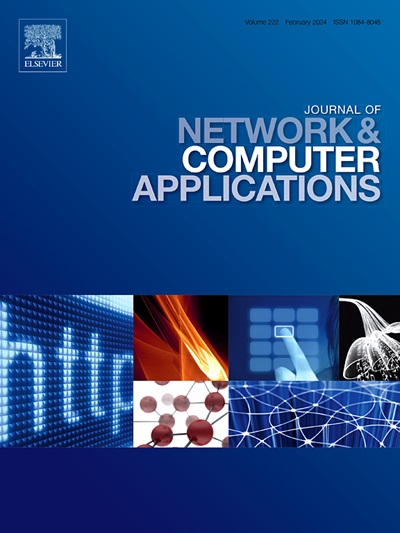Predictive modeling of RRC inactive transitions and latency impacts for energy optimization in live NR SA networks
IF 8
2区 计算机科学
Q1 COMPUTER SCIENCE, HARDWARE & ARCHITECTURE
引用次数: 0
Abstract
With the rapid evolution of 5G and the anticipated advancements in future 6G networks, machine learning is unlocking unprecedented opportunities for network optimization. Among the most significant advancements in 5G Standalone (SA) networks is the Radio Resource Control (RRC) Inactive state, a feature that is critical for achieving low-latency performance. Building on this foundation, our study is categorized into two key contributions. First, we present a novel application of ensemble machine learning to predict transitions from the RRC Inactive state, specifically distinguishing between RRC Resume and RRC Fallback requests. This predictive capability, developed using real-world New Radio (NR) SA network data, offers insights into previously unexplored transition behavior. Second, we demonstrate how this predictive capability can be applied to optimize gNodeB (gNB) operations, proactively managing User Equipment (UE) contexts to minimize unnecessary paging and processing overhead. Our findings show that the proposed framework achieves considerable energy savings while maintaining latency requirements critical to RRC Inactive mechanisms. These results underscore the practicality and scalability of machine learning-driven approaches to enhance network resource allocation and operational efficiency in 5G SA networks, providing a pathway to sustainable and high-performing next-generation networks.
实时NR SA网络能量优化的RRC非活动转换和延迟影响预测建模
随着5G的快速发展和未来6G网络的预期进步,机器学习正在为网络优化释放前所未有的机会。5G独立(SA)网络中最重要的进步之一是无线电资源控制(RRC)非活动状态,这一特性对于实现低延迟性能至关重要。在此基础上,我们的研究分为两个主要贡献。首先,我们提出了一种集成机器学习的新应用,用于预测RRC非活动状态的转换,特别是区分RRC恢复和RRC回退请求。这种预测能力是利用真实的新无线电(NR) SA网络数据开发的,可以深入了解以前未探索的转换行为。其次,我们将演示如何将这种预测功能应用于优化gndeb (gNB)操作,主动管理用户设备(UE)上下文,以最小化不必要的分页和处理开销。我们的研究结果表明,所提出的框架在保持RRC非活动机制关键的延迟要求的同时实现了相当大的能源节约。这些结果强调了机器学习驱动方法的实用性和可扩展性,以增强5G SA网络的网络资源分配和运营效率,为实现可持续和高性能的下一代网络提供了途径。
本文章由计算机程序翻译,如有差异,请以英文原文为准。
求助全文
约1分钟内获得全文
求助全文
来源期刊

Journal of Network and Computer Applications
工程技术-计算机:跨学科应用
CiteScore
21.50
自引率
3.40%
发文量
142
审稿时长
37 days
期刊介绍:
The Journal of Network and Computer Applications welcomes research contributions, surveys, and notes in all areas relating to computer networks and applications thereof. Sample topics include new design techniques, interesting or novel applications, components or standards; computer networks with tools such as WWW; emerging standards for internet protocols; Wireless networks; Mobile Computing; emerging computing models such as cloud computing, grid computing; applications of networked systems for remote collaboration and telemedicine, etc. The journal is abstracted and indexed in Scopus, Engineering Index, Web of Science, Science Citation Index Expanded and INSPEC.
 求助内容:
求助内容: 应助结果提醒方式:
应助结果提醒方式:


